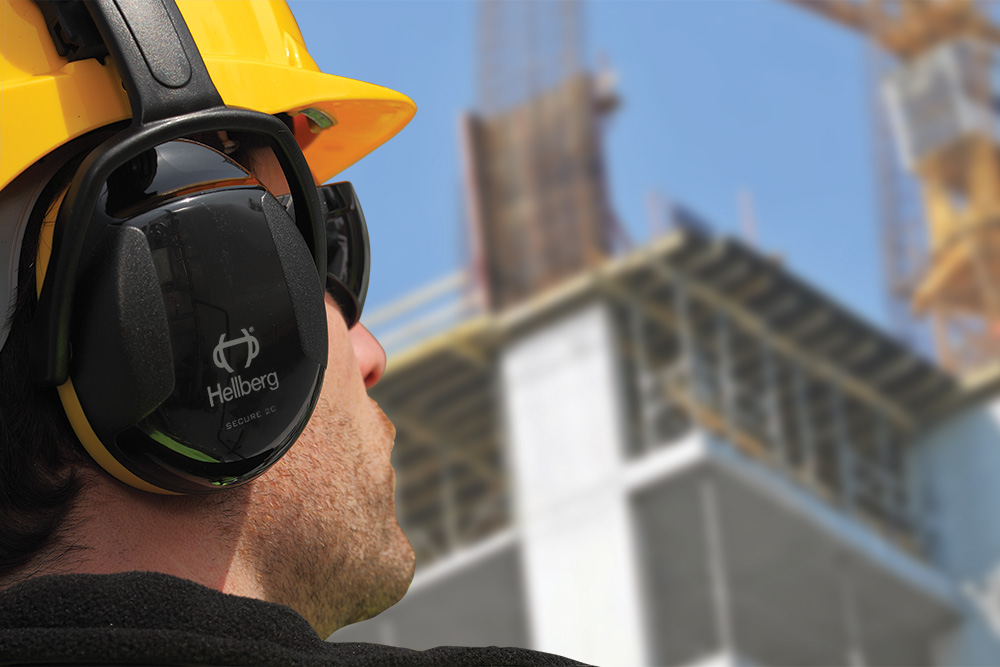When we talk about safety in the workplace it’s often about preventing accidents that can cause a serious injury, loss of limb or fatality. Damaged hearing is probably not something you would immediately think of as a health and safety priority.
But let’s consider the impact if someone is unable to hear important directions, a vehicle that is approaching them or an alarm. Good hearing allows us to communicate, protects us from danger at the job site, and helps us to function efficiently.
Noise, however, is one of the most pervasive occupational health problems in the US with life-long impact on workers. According to the National Institute for Occupational Safety and Health, approximately 22 million U.S. workers are exposed to hazardous noise levels while at work. And hearing loss disability results in an estimated $242 million in workers’ compensation payments each year.
So, just as it’s important for employers to minimize the opportunity for injury in the workplace, it’s equally important for them to protect their workers’ auditory health.
Hearing Conservation Programs
With this in mind, the Occupational Safety and Health Administration (OSHA) mandates that hearing conservation programs are in place in workplaces where employees are exposed to noise at or above 85 decibels(dB) averaged over eight working hours, or an eight-hour time-weighted average (TWA.)
As part of the conservation program, OSHA requires that employers measure the effects of exposure by monitoring employees over time through audiometric screening (hearing tests.) Employees undergo a baseline audiogram (at employment), followed by yearly screenings.
Baseline tests establish a starting point, the point from which each annual will be compared. Annual testing alerts employers to the need for follow-up before hearing loss progresses. After baseline testing or annual testing, protective hearing devices are fitted to the employee. At this time the employee is educated on fit and what kind of protection they need. Employers are required to provide a variety of muff and plug hearing protection devices for the employee to choose from.
Employers are also responsible for supplying devices that have an adequate NRR (Noise Reduction Rating) for the level of noise employees are exposed to. This rating is provided by the manufacturer of the device and is listed on the device packaging.
Every program must provide training on the importance of hearing conservation. This is to help employees understand the importance of hearing conservation, become more aware of the damage noise can cause and know how to protect themselves from it. Employees who are educated are more likely to wear hearing protection, wear it properly and encourage others to wear it.

